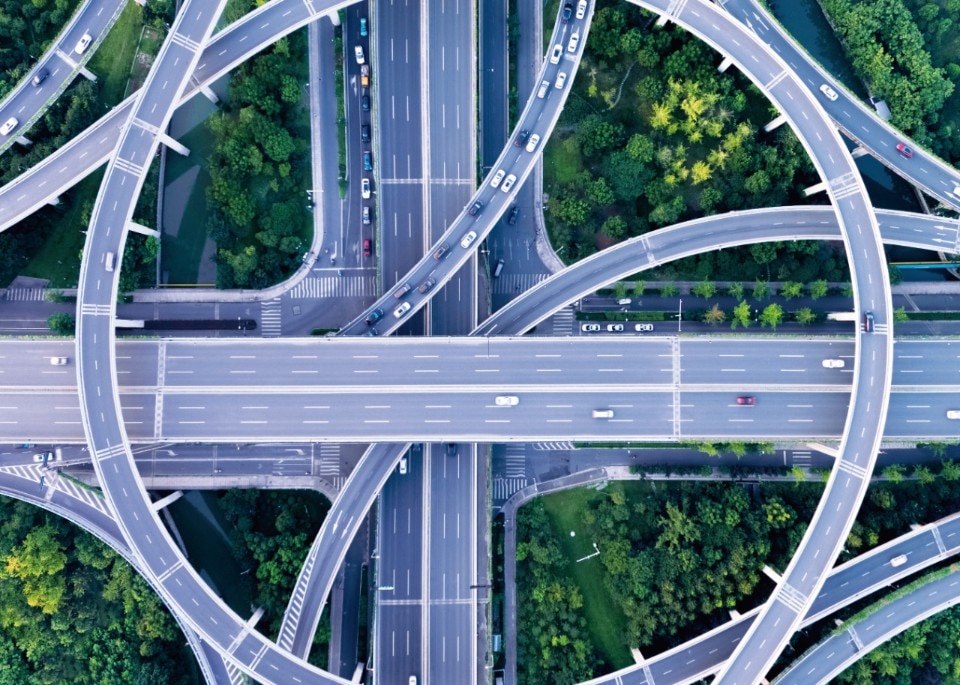Most of the CO2 released to the atmosphere by the transportation sector, which accounts for roughly 18% of total carbon emissions, is generated by road traffic, partly due to increasing levels of congestion in all the world’s major cities. Traffic management platforms have a key role to play in the transition towards a new, smarter, and more sustainable urban mobility, facilitating a modal shift towards other types of transport such as public transportation and shared mobility.
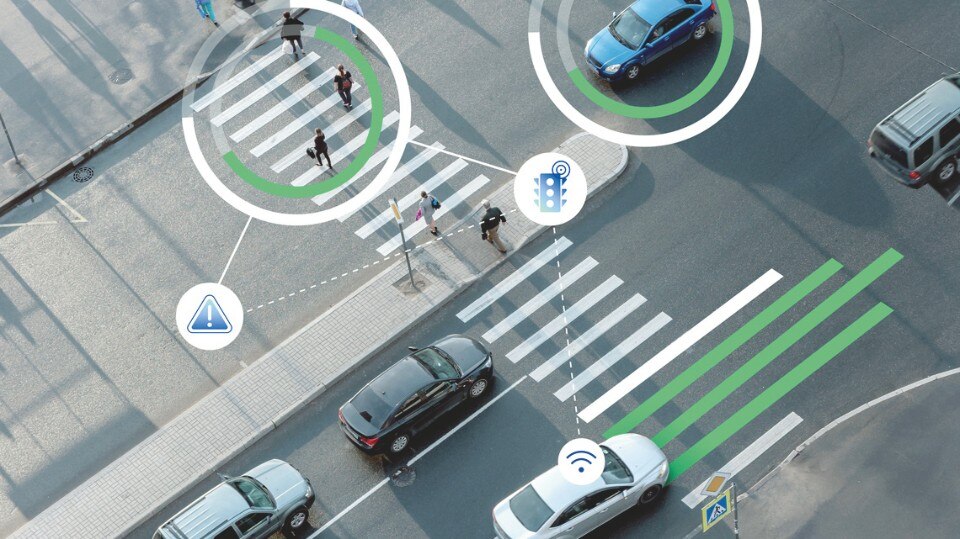
Yunex Traffic, a company of Mundys, the internationally operating parent company in the area of infrastructure and sustainable and integrated mobility, was acquired in 2022 from Siemens, and is the leading global provider of Intelligent Transport Systems (ITS). Its mission is to develop, install, and manage systems that leverage Artificial Intelligence (AI) to reduce congestion and emissions. For example, it provides solutions to cities to make intersections intelligent. These are critical points in the transportation network where various modes of transport converge – motor vehicles, pedestrians, emergency vehicles, and bicycles. The technology solutions provided by Yunex Traffic receive and process data from sensors installed in the field, helping to improve intersection safety, and transport efficiency and sustainability. In the near future, these systems will enable communication between vehicles and infrastructures, with positive impacts on the mobility system, such as increased reliability of public transport, which will be able to receive priority at road intersections and will see its modal share increase due to reduced travel times.
Traffic management platforms have a key role to play in the transition towards a new, smarter, and more sustainable urban mobility, facilitating a modal shift towards other types of transport such as public transportation and shared mobility.
Another example of solutions developed by Yunex that improve the air quality in cities concerns systems for controlling access to urban areas, carried out by means of cameras that read the number plates of vehicles and send the information to a software platform that classifies the type of vehicle and verifies its compliance with the pre-established access rules (e.g., vehicle belonging to a class that is too polluting). Such solutions reduce traffic congestion and thus improve air quality in specific areas.
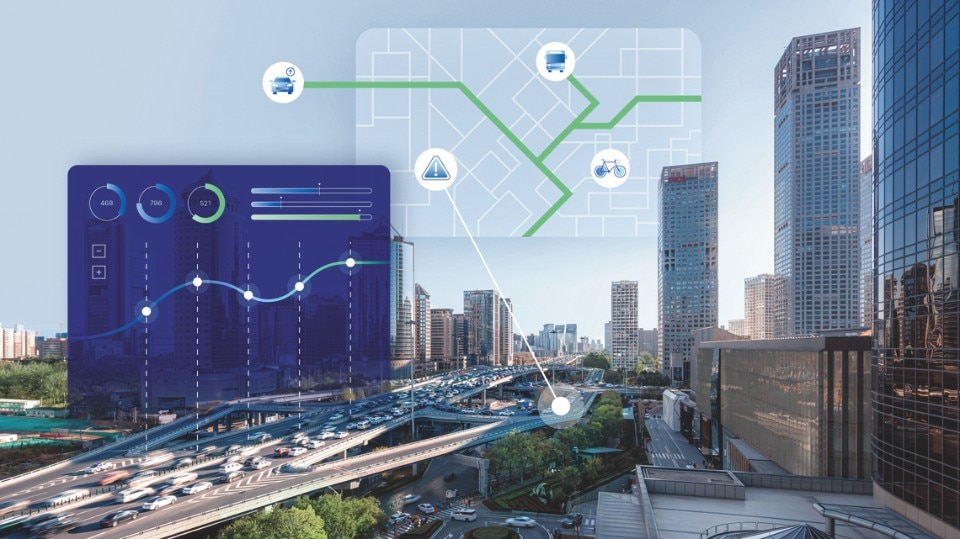
Yunex Traffic platforms and solutions are used in over 600 cities. In some European countries, the technological solutions provided, incorporating AI algorithms, manage to modulate traffic according to the policies defined by the local authority, assigning priorities to different categories of users, be they pedestrians, cyclists, public transport, emergency vehicles or private vehicles. These platforms are important because they provide mobility agencies with performance indicator data in real time. To ensure that this is effectively accomplished, the instruments need to be trained on rich new sources of multimodal data regarding, for example, vehicle position and speed.
Currently this data is collected by devices such as telecameras and sensors installed along roadways, but in the not-too-distant future they will be transmitted directly by the vehicles themselves. This data must then be combined in real time with historical public data on traffic, modal breakdown, number of trips, and other data such as status on accidents, ongoing roadwork, road closures, and weather information, so that forecasts can be made on traffic flow trends.
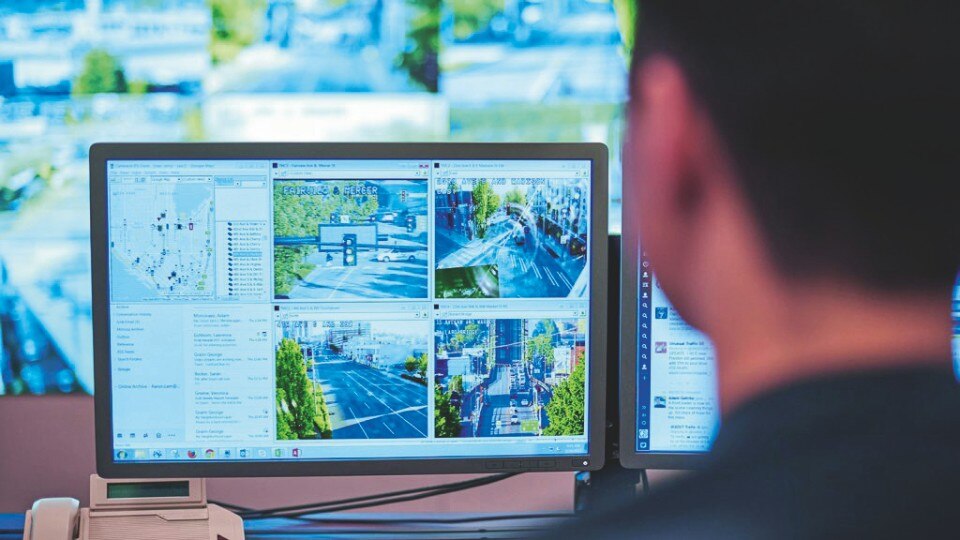
Also in Wiesbaden, a German city of approximately 300,000 inhabitants, Yunex Traffic have developed and installed an Environmental Traffic Management (ETM) system that enables proactive traffic management based on air quality in the city. Current instruments consist of field sensors that collect data on pollution levels and alert decision-makers whenever threshold levels are breached so that mitigation measures can be implemented to re-establish acceptable conditions. Solutions such as those implemented in Wiesbaden, collect and correlate traffic and environmental data in real time, allowing predictive analysis of air quality based on traffic scenario and thus the ability to regulate traffic flows in a preventive manner to prevent emissions from exceeding a given threshold.
In the meantime, user travel experience has evolved into multimodal combinations (plane-train, metro, private car, car sharing, etc.). This new model is made possible by the spread of Mobility as a Service (MaaS) platforms, where mobility is intended as an all-inclusive, integrated service in all phases of a trip (reservation, travel, payment). These systems can be integrated into MaaS platforms, These platforms can also be integrated with those of MaaS, providing them with information on the state of traffic in the city, both in real time and forecasted. In this way, MaaS operators are able to inform users more accurately about their travel time and the optimal route for their journey.
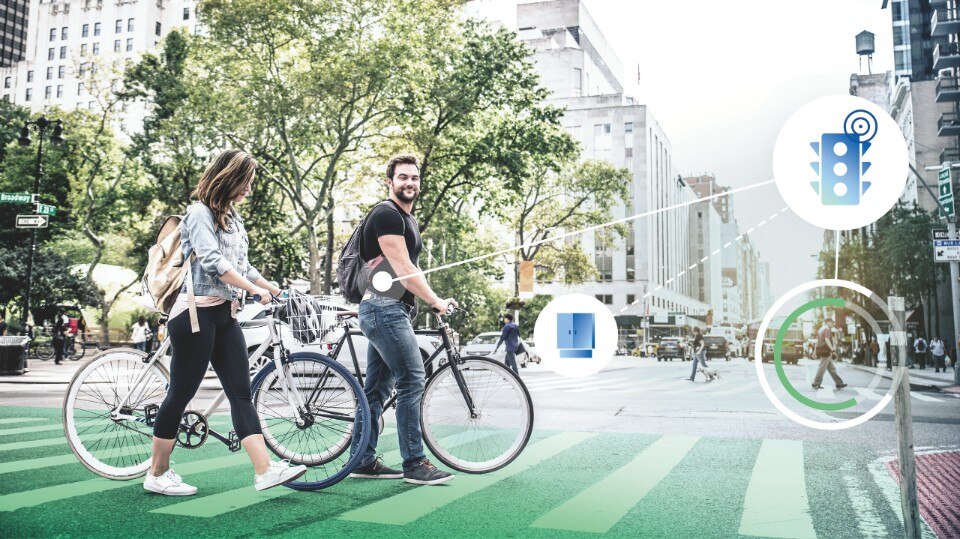
Yunex Traffic’s leadership position is mainly concentrated in the European market, where demand is rising for technological solutions in traffic management, incentivized by legislation that pushes for greener transportation systems. The firm is also fully complementary with other Mundys assets, both in regards to opportunities to upgrade existing infrastructure technology and in terms of geography, since the parent company is well developed in areas such as Italy, France, and Spain, where Yunex is entering. The United States is also a favourable market, driven by the Biden administration’s green infrastructure investment program, which has boosted growth in demand for ITS solutions into the double digits (11% between 2021 and 2025, against 4% for Europe in the same period). On the global level, the ITS market is valued at roughly 5.6 billion euros in revenues with a compound annual growth rate (CAGR) of +7% forecast for 2027.
When and how does a tech company engage in dialogue with urban design professionals to make sure infrastructure is developed already with a technological soul? “Interaction is constant right from the initial phases”, the company in Italy assures. Through its subsidiary Aimsun, a company that develops digital solutions for the mobility sector, Yunex Traffic can provide support for urban and infrastructure designers in the form of solutions that make it possible to simulate different mobility scenarios and assess the impact of new mobility and/or infrastructure policies on traffic and the transportation network. Aimsun is able to estimate and predict, for example, what impact a new Le soluzioni per rendere intelligenti le intersezioni possono migliorare anche l’affidabilità del trasporto pubblico, che se necessario avrà una priorità negli incroci stradali e che, grazie anche a tempi di viaggio ridotti, vedrà crescere la sua quota modale. Solutions for intelligent intersections can also enhance the reliability of public transportation, which may, if necessary, be assigned right of way at intersections, reducing travel time and thus boosting its share of the modal pie. infrastructure would have on traffic flows, determine where traffic would be deviated with the introduction of new measures (such as limited access zones), and identify the impact of the temporary closure of a piece of infrastructure (perhaps for maintenance). In addition, Yunex Traffic develops Digital Twin solutions for the management of motorways and tunnels, which can be easily integrated with all the subsystems required for operations management (e.g. lighting systems, fire-fighting systems, etc.) and with traffic control systems.


